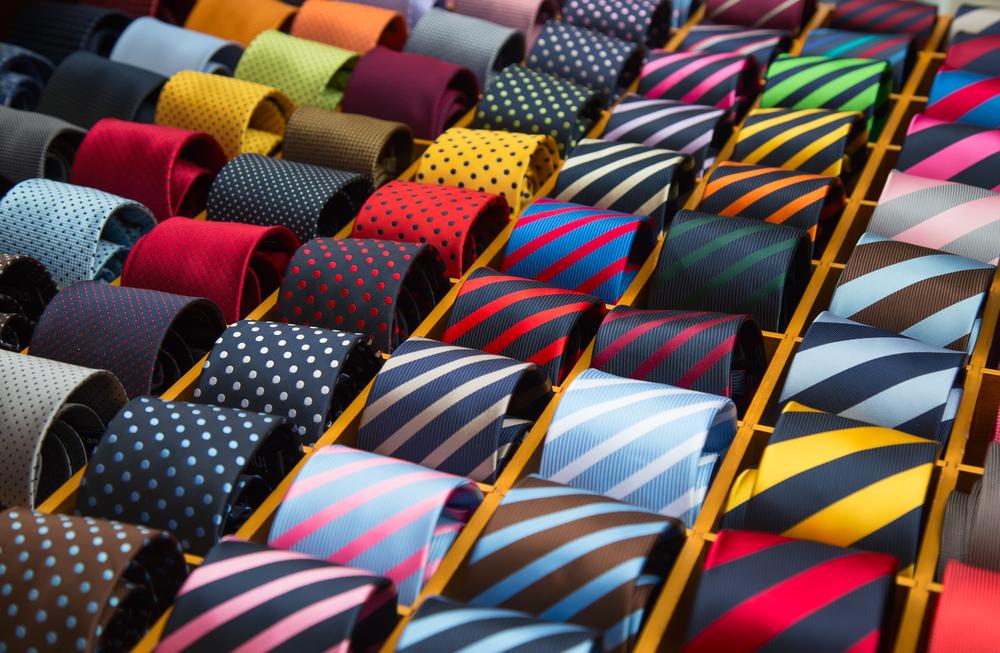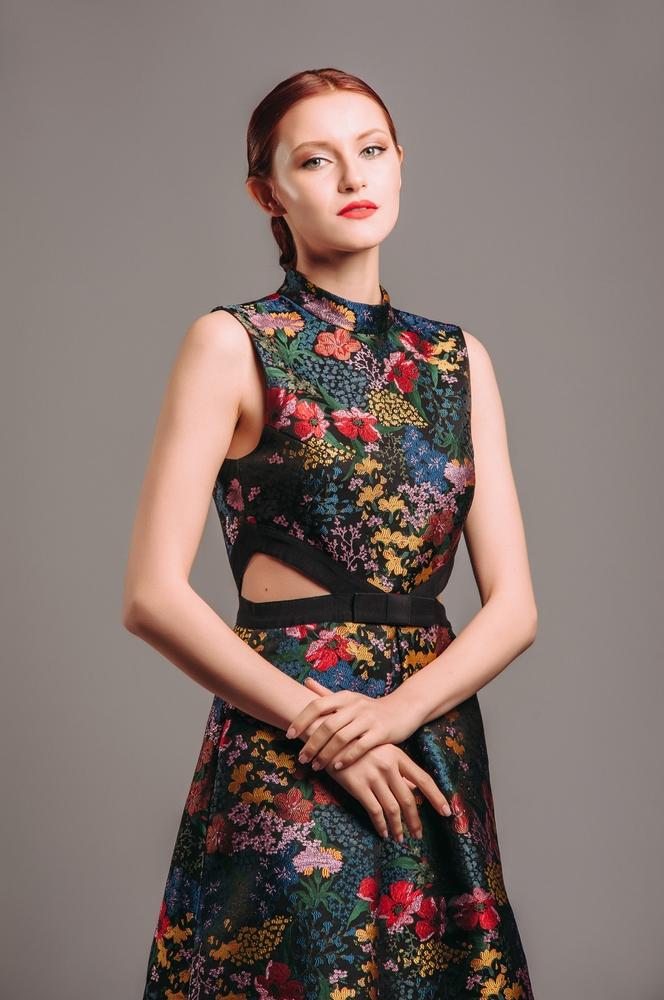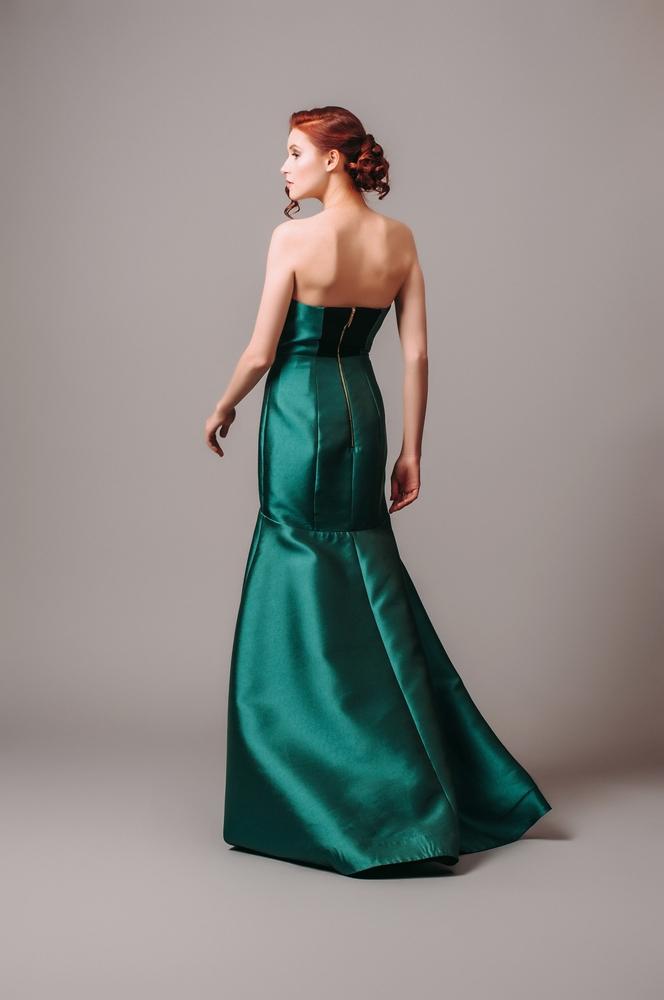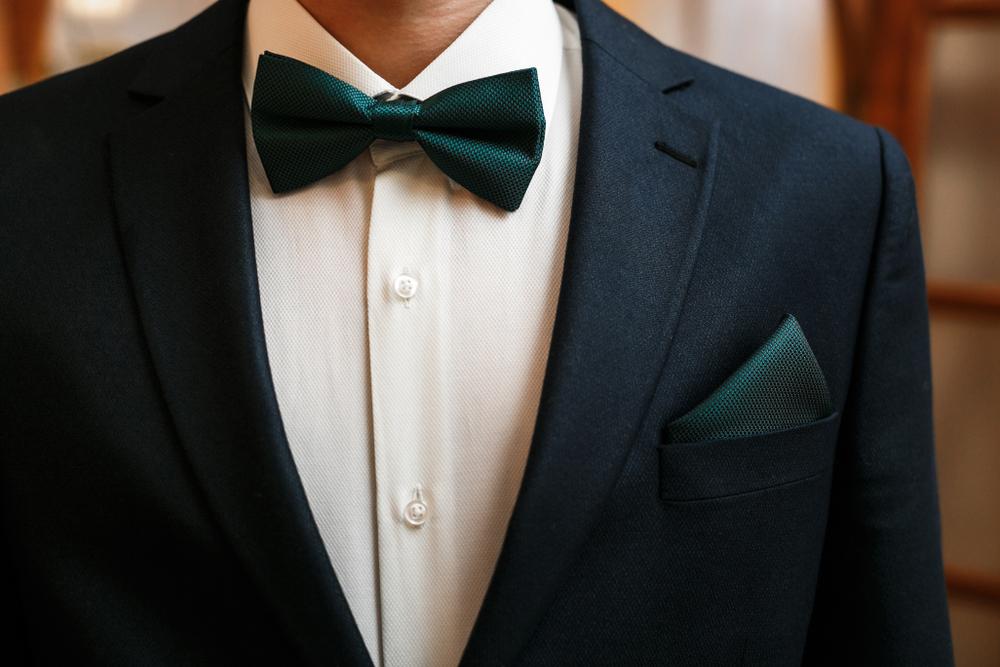Most people are familiar with the dangers involved in navigating the murky waters of event dress codes. But unfortunately, when it comes to events with complex dress codes, most people can be utterly clueless.
One such event is a wedding.
If you’ve ever attended a wedding, you know that your clothing choice is among the most critical factors for a prosperous and peaceful day.
Black tie optional dress codes are particularly challenging because they do not explicitly tell you what you should or should not wear. It is not easy to determine partially formal or partially informal outfits. Therefore, to demystify the optional black tie dress code.
What Does Black Tie Optional Mean?
Black Tie Optional Etiquette
Black Tie Optional Outfit Ideas for Women
Black Tie Optional Ideas for Men
Frequently Asked Questions
What Does Black Tie Optional Mean?
Black tie optional dress codes are like coded communication that dressing up would be desired but is not compulsory. For example, guests may choose to wear their most formal clothing, such as an evening gown or tuxedo, but they could also opt to wear a formal suit or cocktail dress.
Typically, a black-tie optional dress code means the wedding party and the couple will wear black ties. Therefore, it is polite for visitors to dress in a way that reflects this level of formality, but it is not compulsory.
However, since a good number of people will be in formal clothing, you do not want to be in clothes that are too casual. In summary, if we were to put black tie optional on a sort of scale, ten would be for full formal, and the lowest you could go was a five at casual formal. The general rule is to be smart and not too casual. That is all.
Black-tie optional is a deliberately ambiguous specification that offers excellent liberty. With this dress code, you can probably assume that the bridal party and most close family members will wear floor-length gowns and tuxedos.
The other guests will be in varying degrees of formality, never too casual and sometimes fully formal. While some people will embrace the chance to dress up, others will be content to don a more casual suit or midi dress.
Black Tie Optional Etiquette
Now that we know what it is, here are some basic rules to guide you on the best options for this kind of dress code-
Ties
We will start with ties because this is an outfit must-have for men. Therefore, having a tie and a shirt will be half the equation. But, of course, you should not wear a tie on top of a shirt not meant for ties or without a coat of some sort.

If you are going for a dark suit, be mindful of the color of your tie. For example, you shouldn’t wear black bow ties with dark suits. Therefore, a necktie or bow tie in a color other than black would be preferable, such as burgundy, navy, dark forest green, or very dark plum. Do not do black on black.
Colors
Except for whites and pastels, any color is appropriate for black tie optional events. However, even in that spectrum, men are expected to dress in dark colors. However, you may go lighter than is typically allowed if the wedding organizers specifically say so.
Dark colors are not necessary for ladies, and they have a wide variety of choices regarding the color of their dress. Unless you have to color-coordinate with the rest of the wedding party, any solid color dress of choice is appropriate.
Dress Length
In contrast to an entirely black-tie wedding, full-length evening gowns are preferred but not required. A midi-length dress is also suitable; however, anything over the knee is too informal.
Slits are also acceptable, but you should avoid anything too close to the hip. A mid-thigh slit would be high enough, keeping you feeling good while elongating your frame perfectly. You also probably need the split on a long dress to avoid seeming swallowed up by the material.
Men should also avoid shorts and pants that hover over their ankles as these are too casual.
Prints
Wearing vivid flower print or bright-pattern gowns may be inappropriate because they are often more informal than a black tie optional occasion demands.
In addition, while black tie or optional black tie parties call for a classier look, cocktail etiquette allows more colorful outfits. Therefore, your cocktail dress may not be the best option.
Women should consider some print alternatives, though, if it’s warm outside and the black tie optional event takes place during the day. Keep the prints understated and the florals in darker hues to maintain the classy look. You can also consider geometric and other abstract patterns if you are unsure how casual your printed dress looks.

Shoes
Expect to wear either black or brown formal shoes. Other hues may complement your attire, so you have several possibilities. However, ensure that the shoes are formal enough to go with your suit without being out of place.
We recommend matching your socks to your dress and avoiding brightly colored socks unless you’re positive the bride and groom will enjoy your sense of taste.
Women can wear any heels but avoid flats because they are too casual for this event. The good news is that the heels do not have to be extra high, and anything two inches above will do.
Any shoes you will be wearing should preferably be as silent as possible. Noisy or flashy shoes may draw unnecessary attention to yourself.
Black Tie Optional Outfit Ideas for Women
A simple, flattering gown in a single solid color is the safest option for women. Keep it at the knees or below, and feel free to explore slits, so you do not feel consumed by longer gowns. As for the color, stick to intense jewel tones such as ruby and emerald. Keep the brighter colors for daytime black tie optional events and the prints for warmer weather.

Remember to keep jumpsuits long and flowy if you want to explore them. That’s all! There is no rule against it; it is the best option if you do not feel like or want to wear a dress. Of course, you can also try a suit but stick to the same rules for men. It is that simple.
Black Tie Optional Ideas for Men
A suit in dark blue, navy blue, gray, or classic black would perfectly suit men or anyone who opt to wear a suit. However, unless it’s a summer wedding and the bride and groom allow for lighter, summery colors, guests should adhere to dark, muted colors for their suits or tuxedos. Keep it simple with a white button-down shirt to finish the look. You cannot go wrong with this.

What Should You Not Wear to a Black Tie Optional?

Although black tie optional is a little more liberal than other dress codes, there are indeed some things you should avoid at all costs-
Not Having a Tie
For men, you must have a tie. There are no two ways about it! It can be a bow tie or a necktie. Whichever it is, it just has to be part of your clothes. The outfit becomes too casual for the event when you do not have a tie.
Anything Overly Casual
Wearing sneakers, t-shirts, sundresses, or anything else you might typically wear is not advised. The wedding planners who spent time and effort making this a formal event may find it disrespectful if you arrive in an overly casual outfit. In addition to appearing rude, it is a glaring faux pas that will show you did not understand the assignment.
Short-Dresses
As mentioned in the Dress Length section, avoid micro minis and other short dresses above the knee. These outfits are fun but too casual even for a relatively warm venue. However, there is nothing to worry about since most black tie optional events are held in the evening.
Light Colored Suits
The majority of black tie optional occasions take place at night. As a result, light-colored suits in shades of light gray or khaki will stand out, as a black tie is an optional event. Stick to the colors recommended in the Colors section of this article.
Shorts
Never wear any kind of shorts to an optional black tie event. Especially for men, even if it seems like a ‘smart’ outfit, avoid it at all costs. Some short ensembles in magazines are marketed as fashionable, and although they probably are, they do not suit black tie optional events.
If you are going to wear a jumpsuit, keep it long. If possible, flowy too.
However, Flowiness does not compensate for length and vice versa, so avoid tight, shiny jumpsuits.
Frequently Asked Questions
Here are a few more things you should know about black tie optional, based on the questions we get the most-
What is the Difference Between Black Tie Optional and Black Tie Invited?
Black tie optional and black tie invited mean the same thing. You will also find ‘black tie encouraged. All these simply mean that it would be great if you black tie outfits and several people will be in them at the event, but you do not have to. Likewise, a black-tie invitation does not mean that only people wearing black tie outfits will be allowed at the venue.
Can You Wear a Gray Suit to Black Tie Optional?
On most occasions, no. This standard is mainly because most black tie optional events take place at night or in the evening, making lighter colors inappropriate. But if the event is during the day or the organizers allow it, then of course. However, to be on the safe side, stick to darker colors.
Can I Wear a Suit to Black Tie Optional?
Yes, you can wear a suit to a black tie optional event. Only remember that you will have to adhere to the color requirements. Women can also wear a women’s suit while sticking to the conditions stipulated for men. In most cases, it would be best for them to button up instead of wearing a tie.
What Color Should I Wear With a Black Suit to Black Tie Optional?
For the shirt, you can never go wrong with white. It is probably the best option. Instead, you should avoid black neckties and bow ties and go for deep jewel tones. However, there is nothing wrong with going black on black. If possible, match with the color scheme of the wedding, if any.


